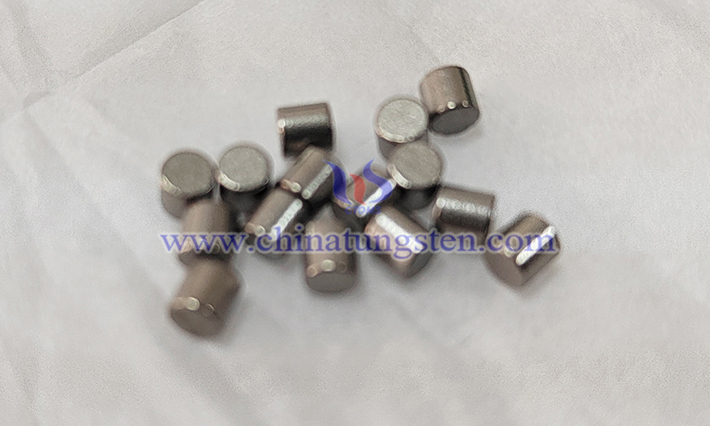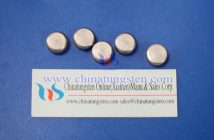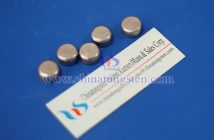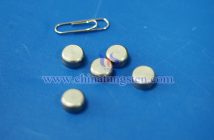The thermal cycle performance of barium tungsten electrodes refers to their ability to maintain structural integrity and performance stability during repeated heating and cooling. The main influencing factors are as follows:

1. Material Properties
Thermal Expansion Coefficient: The thermal expansion coefficient determines the volume change of the electrode when the temperature changes. If the thermal expansion coefficient is too large or too small, it may cause thermal stress concentration, causing cracks or fractures.
Thermal Conductivity: High thermal conductivity helps to evenly distribute heat, reduce local overheating or overcooling, and thus reduce thermal stress.
Mechanical Strength: Mechanical properties such as tensile strength and yield strength determine the fatigue resistance of the electrode in thermal cycles. Insufficient strength can easily lead to failure.
Microstructure: Grain size and phase distribution affect thermal fatigue performance. Small and uniform grain structure is more resistant to thermal cycle damage.
2. Manufacturing Process
Purity: High-purity materials can reduce local stress or chemical reactions caused by impurities and improve thermal cycle stability.
Surface Quality: Electrodes with high surface finish and few defects can reduce stress concentration and reduce the risk of crack formation.
Heat Treatment Process: Appropriate heat treatment optimizes the microstructure, eliminates residual stress, and improves thermal stability.
Dispersion and Stability of Barium: The uniform dispersion and stability of barium in the tungsten matrix affect the emission performance and thermal cycle durability. Uneven distribution or barium depletion will reduce the life.

3. Working Conditions
Temperature Range: The greater the temperature difference of the thermal cycle, the higher the thermal stress and the greater the risk of electrode failure.
Heating and Cooling Rate: Rapid temperature change will aggravate thermal stress and easily cause cracks or deformation, so the rate needs to be reasonably controlled.
Working Environment: Vacuum or specific gas atmosphere (such as inert gas) will affect the aging rate of the electrode, and some gases may induce chemical reactions.
Number of Cycles: The more cycles, the more serious the fatigue accumulation and the greater the possibility of failure.
4. Design Factors
Shape and Size: The electrode geometry affects the thermal stress distribution, and optimized design can reduce stress concentration.
Connection Method: The connection between the electrode and the base (such as welding) needs to consider thermal expansion matching and heat transfer efficiency to avoid failure at the connection.
5. Emission Characteristics of Barium
Evaporation and Diffusion of Barium: The loss of barium during thermal cycling affects the emission performance, and too fast evaporation will shorten the life of the electrode.
Barium Replenishment Mechanism: Effective barium replenishment can maintain emission performance and enhance stability during thermal cycling.



